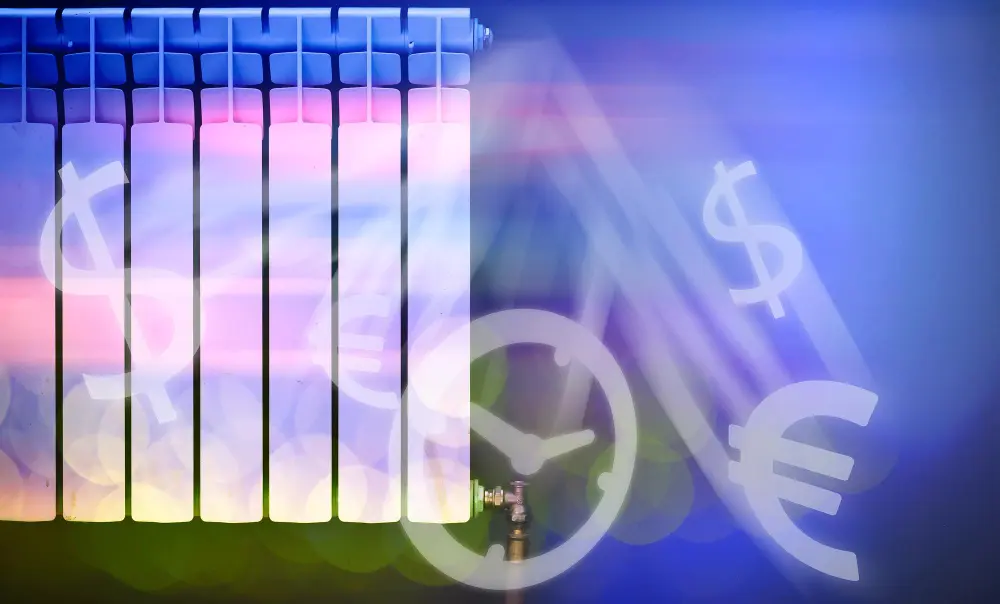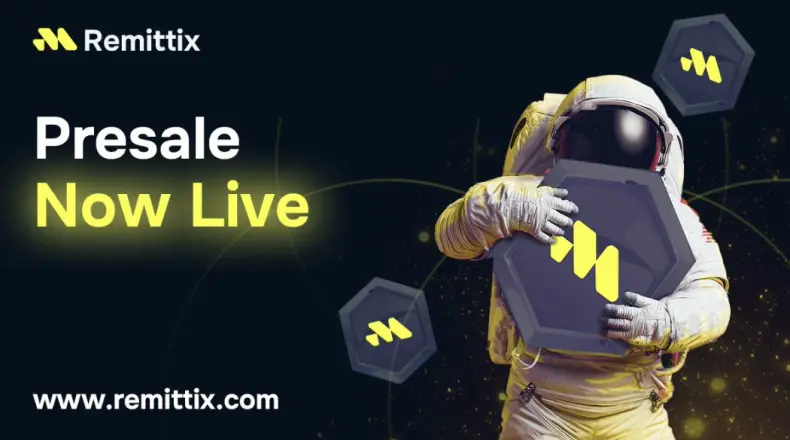Summary: This morning the second-largest cryptocurrency Ethereum successfully underwent its merge from proof-of-work to proof-of-stake. From consuming around 0.2% of the world’s electricity, Ethereum now consumes a fraction of that.
This morning at around 06:44 AM UTC, the second-largest cryptocurrency Ethereum successfully underwent its merge.
The shift from proof-of-work to proof-of-stake has fundamentally changed the way Ethereum validates transactions on its blockchain. Instead of massive computational power known as mining, the holders of Ether can verify Ethereum-based transactions by becoming a staker. Proof-of-stake consumes around 99.95% less energy compared to proof-of-work, which consumed the same amount of electricity as the whole country of Chile or equal to 0.2% of the total electricity consumption globally. As stakers are rewarded in newly issued crypto, the lower amount of required energy allows a lower issuance of new Ether, thereby minimizing the dilution of existing Ether holders.
You can read more about the Ethereum merge from one of our earlier analysis to be found here.
A new chapter not only for Ethereum but crypto in general
In our view, Ethereum’s merge is one of the most influential events since the genesis block of Bitcoin in January 2009. It is a first for a cryptocurrency of that size to change its consensus framework. This was done without disrupting the network, which secures over $410bn of value across its own native crypto, stablecoins, tokens, and non-fungible tokens (NFTs).
For the past years, the discussion of whether it is appropriate for proof-of-work to consume so much electricity has constantly intensified. Today, Ethereum steers away from this discussion once and for all, while it leaves Bitcoin in the dust. The latter consumes around 0.42% of the total electricity consumption globally equal to the country of Kazakhstan, so while this discussion is no longer valid for Ethereum, it is as valid for Bitcoin as it has ever been. Yet, although Ethereum’s successful merge stresses that it is possible to ditch proof-of-work for good, there is no plan for Bitcoin to adopt a proof-of-stake framework.
Can Ethereum prove unbroken stability?
Although Ethereum’s developers have worked for years to prepare its transition towards proof-of-stake, the latter has not yet proved long-term consistency in terms of decentralization and resistance under authentic conditions. The only way to adequately do this is without having severe issues in production under various distinct market conditions. This can only be sufficiently proven as time passes and that clock starts counting today. This is not a sprint but a marathon. Only time will tell whether Ethereum’s proof-of-stake framework can demonstrate stability in line with its former but mature proof-of-work framework.
Source: https://www.home.saxo/content/articles/cryptocurrencies/ethereum-merge-post-15092022
























































































